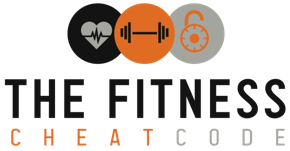Creatine Monohydrate
By James Tsitas on 19 May 2021
Background Creatine Monohydrate is a supplement that has been shown to positively increase muscle size, strength, myosin heavy chain expression (muscle contraction speed), weightlifting and sprinting performance etc. (2). By choosing to supplement your diet with this ‘safe, effective and legal’ substance research shows your performance and lean muscle mass will increase. Some people suggest that “There is creatine in red meat. So, why don’t you just eat that?” However, there is only approximately 350mg of creatine per 100g of red meat (3). During the loading phase of creatine (3-5 days), some researchers suggest consuming approx. 0.3 g/kg/day of creatine (1). This would mean that a 100kg powerlifter during the loading phase would have to consume 30g of creatine per day. If they took the red meat option that would mean they would have to eat approximately 850g of red meat per day to optimally load their skeletal muscle creatine stores. This is obviously very inconvenient. Directions of use The quickest method of increasing muscle creatine stores is to consume 0.3 grams of creatine, per kilogram you weigh, per day, for 5 days. That is, if you weigh 80kg, you would need 24 grams of creatine during the loading phase (5 days). Following these 5 days, a maintenance dosage can be undertaken for 3-4 weeks with 0.03 g/kg/day being recommended (2.4 grams per day for an 80kg person). It is recommended that the loading phase dosage is spread out across 4 different meals. For skeletal muscle uptake is also best if creatine is ingested following exercise and accompanied by carbohydrate. 1. Naderi A, de Oliviera E, Ziegenfuss TN, and Willems ME. Timing, optimal dose and intake duration of dietary supplements with evidence-based uses in sports nutrition. Journal of Exercise Nutrition & Biochemistry, 2016. 2. Volek JS and Rawson ES. Scientific basis and practical aspects of creatine supplementation for athletes. Nutrition 20: 609-614, 2004. 3. Williams P. Nutritional composition of red meat. Nutrition & Dietetics 64: S113-S119, 2007.
Read More ...James' First Day Food Tracking
By James Tsitas on 16 March 2021
Video explaining how easy it is to miss food entries and the importance of accountability. Track my progress with me over the next few weeks and see what effect that has on my rig!
Read More ...Protein bro.
By James Tsitas on 23 February 2021
Protein Protein, carbohydrate and fat are the 3 major foodstuffs. Protein and carbohydrate each have 4.0 calories per gram, whilst fat has 8.9 cals/g. For positive alterations in the body, protein is said to be the most important macronutrient in the body (1). Protein is rarely stored as fat. This is proven by research conducted by Antonio, et al. (1), who showed that when the participants in his study consumed 5.5x the recommended daily intake of protein, they did not increase their body fat mass.
Read More ...Calories In Vs Calories Out
By James Tsitas on 23 February 2021
Calories In Vs Calories Out For weight loss, one thing I preach to my clients is to make sure their calories ingested (food/drink intake) are lower than their calories expended (Basal Metabolic Rate [BMR], Non-exercise Activity Thermogenesis [NEAT], Exercise Activity Thermogenesis [EAT], Thermic Effect of Food [TEF]).
Read More ...Latest Blog Posts
- Tuesday Cardio-Strength 27 April 2022
- Monday Strength 4-4-22 04 April 2022
- Tuesday Cardio 29.03.22 30 March 2022
Useful Links
2025 © All Rights Reserved. Powered by V-Healthy. Privacy Policy | Terms of Service


